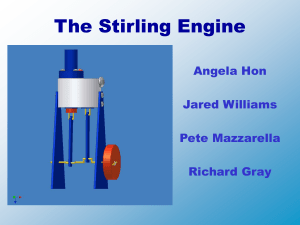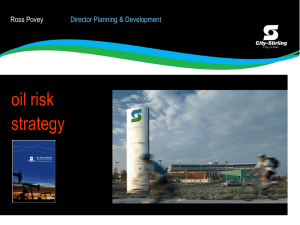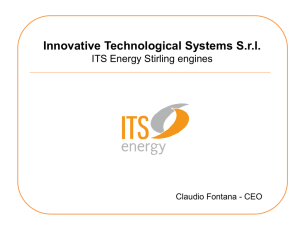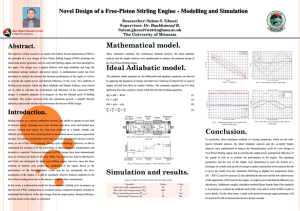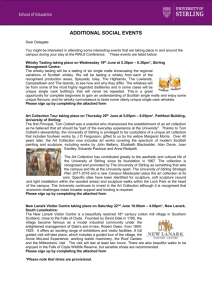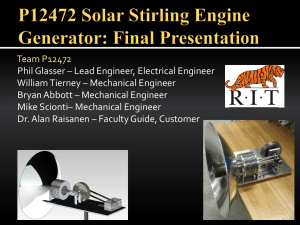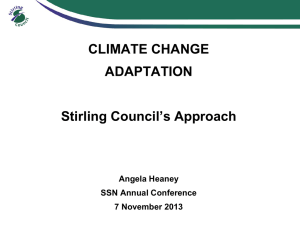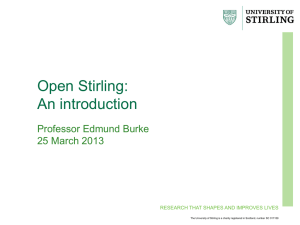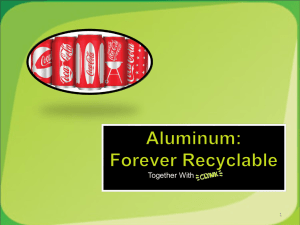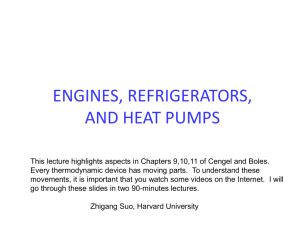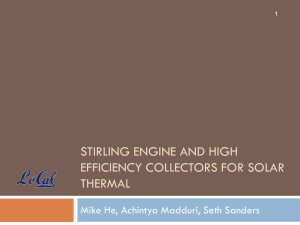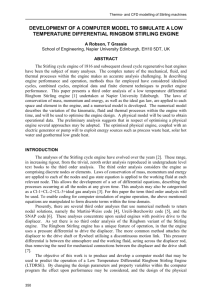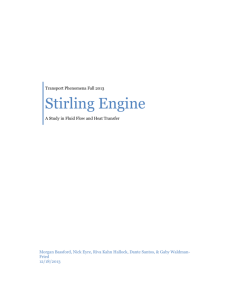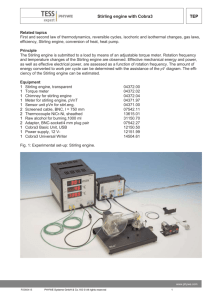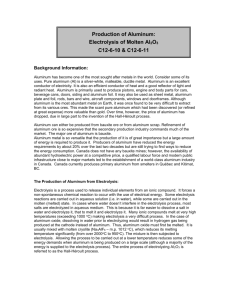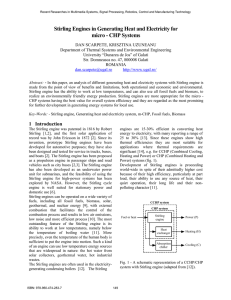Stirling Engine
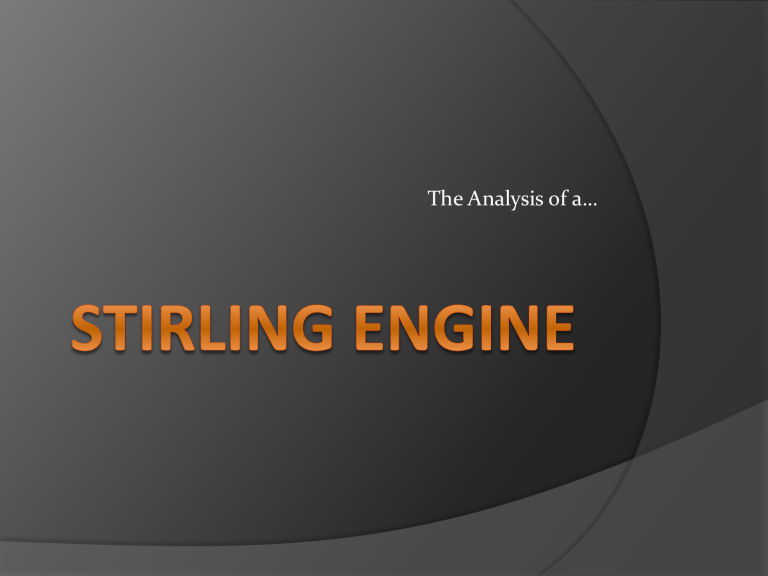
The Analysis of a…
Here is what we wanted to learn:
How do stirling engines work?
Which design aspects have the greatest effect on their performance?
How do they compare to more common engines?
Where would a stirling engine be used?
http://i.ytimg.com/vi/osNluWPOpJ0/0.jpg
http://www.dansdata.com/images/blog/msiairpowerfan2_s.jpg
Gamma type stirling engine
A stirling engine uses heat flux from a temperature differential to create a cycle of expanding and contracting air
The expansion and contraction causes a pressure change which moves the green piston
The green piston rotates the shaft and the flywheel which moves the displacer
Why are they 90° out of phase?
Invented in 1816 by Robert Stirling
First used in Dundee Foundry in Scotland for power generation
Applications include mechanical and electrical power generation, cryogenic cooling and HVAC.
Typical efficiency is 30-50% of Carnot cycle (15-30% overall)
approximately 31% efficient
We measured…
System dimensions
Temperature difference
RPM
We assumed…
Steady state heat reaction for engine
Laminar flow
Insulated cylinder
No loss through bottom of coffee cup or sides of plate
Frictionless
Significant calculations:
Work output per cycle
Heat loss from mug
V
1
= minimum volume V
2
= maximum volume
q in
= 12.50 Watts
Work = 0.14
Watts q out
= 12.36 Watts
Material T hot
°C T cold
°C T(delta) RPM
Aluminum 67
Aluminum 60
Aluminum 44
Aluminum 25
Aluminum 93
Aluminum 85
Aluminum 59
Steel 50
Steel
Average
64
2
3
4
-3
-3
-4
22
-3
0
65
57
40
28
96
89
37
53
64
59
87
108
46
39
127
132
58
84
100
87
Time to
Stop(sec)
70
380
Power output
(Watts)
0.14
0.17
0.07
0.06
0.20
0.21
0.09
0.13
0.16
0.14
Power
Water
(Watts)
20
18
12
9
30
28
12
16
20
18 q conv q in
6.8
13.4
5.7
12.1
3.1
9.3
0.0
8.6
10.9
18.9
9.7
18.0
5.5
6.1
4.1
12.4
6.3
13.6
5.8
12.5
Efficiency
1.0%
1.4%
0.8%
0.7%
1.1%
1.2%
1.5%
1.1%
1.2%
1.1%
0,25
0,20
0,15
0,10
0,05
0,00
0 y = 0,0025x y = 0,0023x
120
14
12
10
8
6
4
2
0 qin Work qout
20 40 60 80
Temperature Difference (C)
100
Aluminum Steel
Plate properties and dimensions have no effect on power output for steady-state
A larger diameter cylinder can operate on a smaller temperature difference
Gases with large (m*R) J/kg, such as helium, are the best working fluids
Temperature difference is directly proportional to power output
Efficiency comparison:
- Stirling engine: 15% - 30%
- Steam engine: 8%
- Internal combustion: 35%
Stirling engines are increasingly being used in solar power applications.
They are useful because they are extremely low maintenance and do not require fuel to run. Renewable energy!
